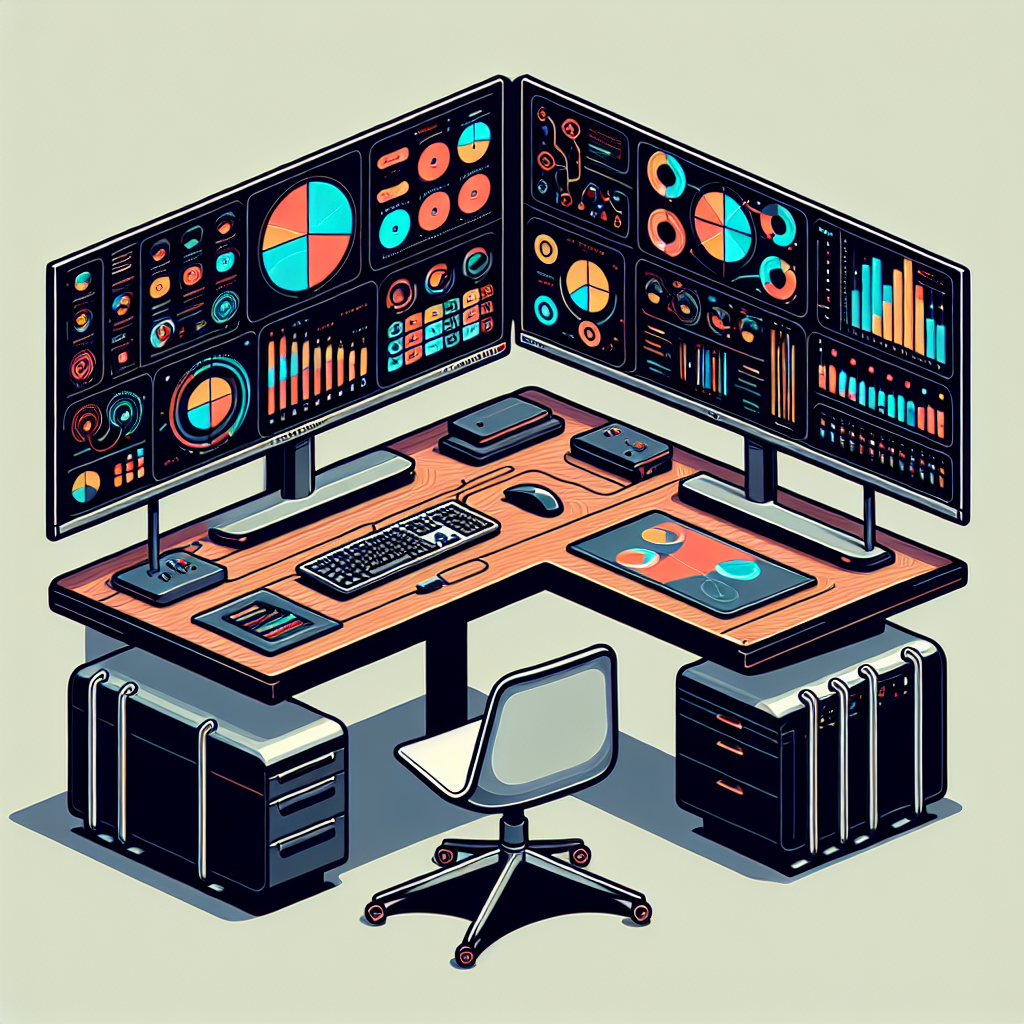Your cart is currently empty!
The Ultimate Guide to Setting Up 2x DP and 2x HDMI Displays

Setting up multiple displays for your computer can greatly enhance your productivity and overall computing experience. Whether you’re a gamer, a designer, or just someone who likes to multitask, having multiple screens can make a big difference in how you work and play.
In this ultimate guide, we’ll show you how to set up two DisplayPort (DP) and two HDMI displays for your computer. This setup will give you a total of four screens to work with, allowing you to have multiple windows open at once, watch videos on one screen while working on another, or even game across multiple monitors.
First, you’ll need to make sure your computer has the necessary ports to support two DP and two HDMI displays. Most modern computers come with at least one DP and one HDMI port, but if yours doesn’t, you may need to invest in a graphics card that has multiple display outputs.
Once you’ve confirmed that your computer can support multiple displays, you’ll need to gather the necessary cables and adapters. For DP displays, you’ll need DP cables, and for HDMI displays, you’ll need HDMI cables. If your computer only has one DP port, you may need to invest in a DP splitter to connect two DP displays.
Next, you’ll need to configure your computer’s display settings. Right-click on your desktop and select “Display Settings” or “Screen Resolution” to access your display settings. From here, you can arrange your displays in the order you prefer, adjust the resolution and orientation of each display, and set your main display.
If you’re using Windows, you can also use the “Extend” display option to have different windows open on each display, or the “Duplicate” display option to mirror the same content on all displays. Mac users can access similar display settings through the “System Preferences” menu.
Once you’ve configured your display settings, you’re ready to connect your displays to your computer. Plug in your DP and HDMI cables to the corresponding ports on your computer and displays, and power on your displays. Your computer should automatically detect the new displays and configure them accordingly.
Finally, make any necessary adjustments to your displays’ settings, such as adjusting the brightness, contrast, and color settings. You can also calibrate your displays to ensure that colors are accurate across all screens.
With your two DP and two HDMI displays set up, you can now enjoy the benefits of having multiple screens for work, play, and everything in between. Whether you’re a professional who needs to multitask efficiently or a gamer who wants a more immersive gaming experience, this setup will take your computing experience to the next level.
#Ultimate #Guide #Setting #HDMI #Displays,2x dp & 2x hdmi

Leave a Reply